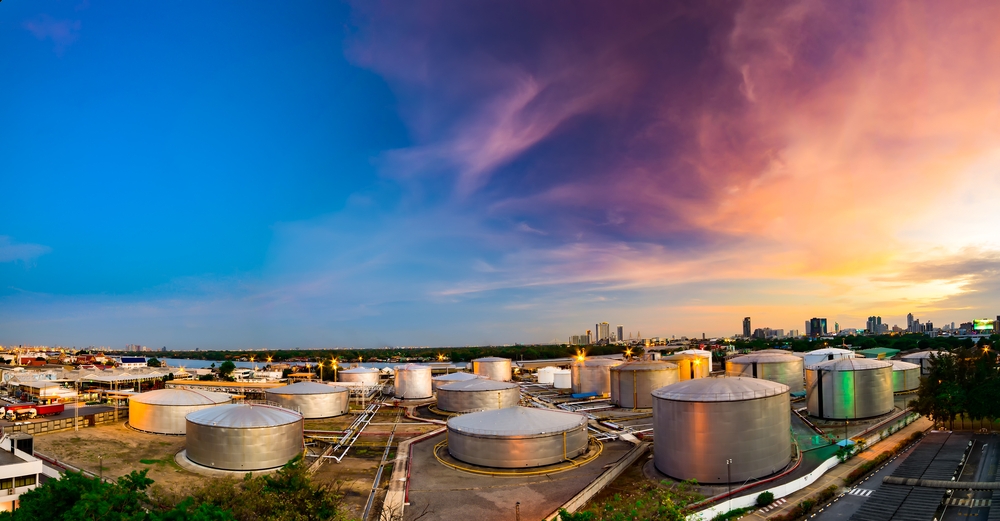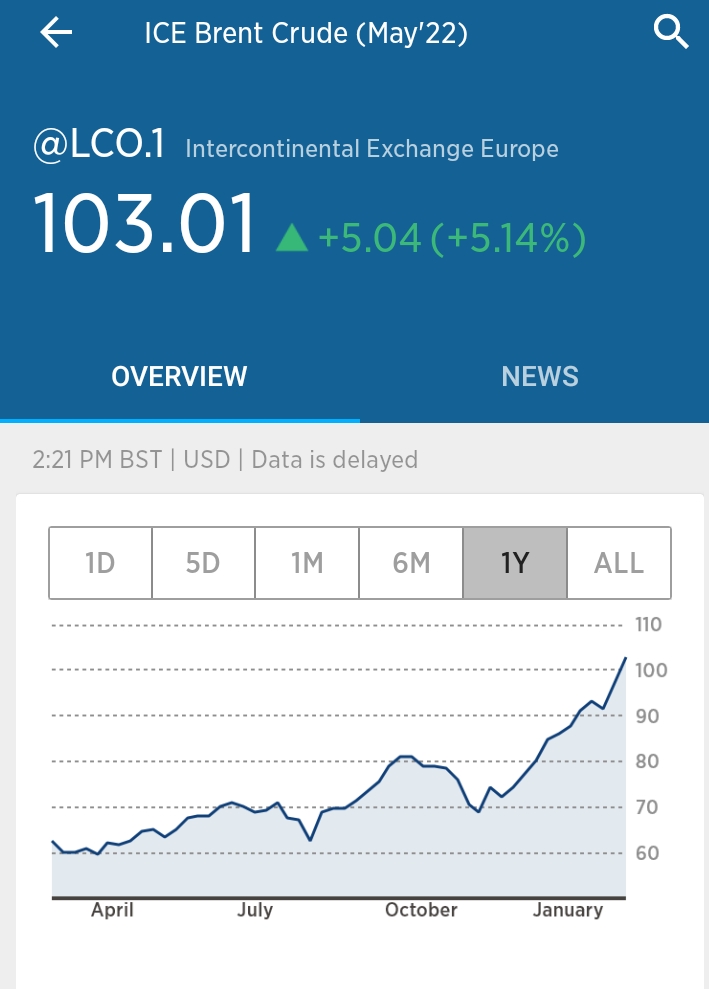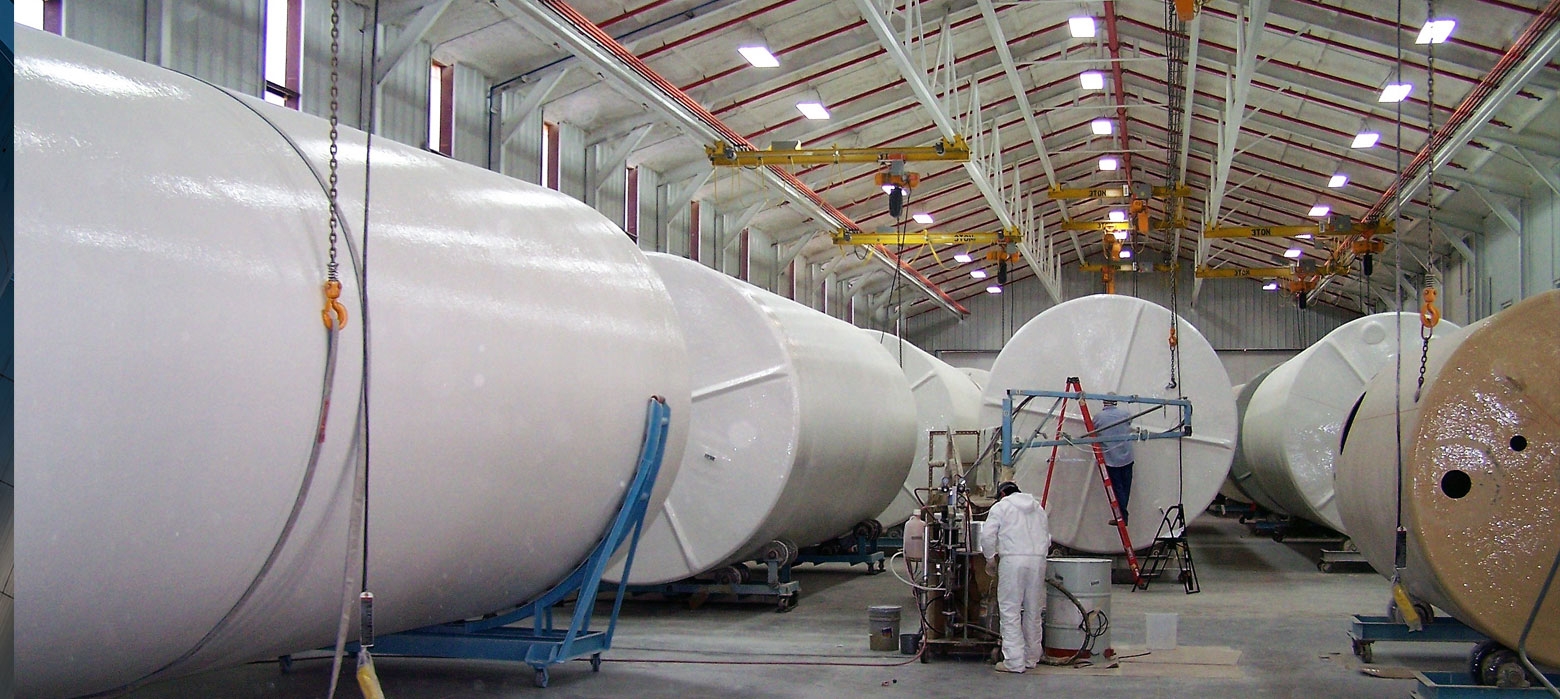Oil prices surged Tuesday, with U.S. crude hitting its highest level since July 2014 as Russia bears down on Ukraine’s capital.
Prices first topped the $100 mark last Thursday when Russia invaded Ukraine, prompting fears of supply disruptions from key exporter Russia, in what is already a very tight market.
West Texas Intermediate crude futures, the U.S. oil benchmark, jumped 5.7% to trade at $101.17 per barrel.
The International Energy Agency meantime is holding an “extraordinary” meeting Tuesday to discuss “the impact of Russia’s invasion of Ukraine on oil supply and how IEA members can play a role in stabilising energy markets,” IEA’s executive director Fatih Birol said Monday in a tweet.
Morgan Stanley raised its near-term oil price forecasts on Tuesday, saying the events in Ukraine have introduced a “risk premium in oil prices that is likely to remain in coming months.”
“Against a backdrop of market tightness, even small disruptions can have large price impacts,” the firm added.
Morgan Stanley now sees Brent averaging $110 in the second quarter, up from a prior forecast of $100. Under the firm’s bull case, prices will jump to $125 per barrel.
Goldman Sachs said Sunday that demand destruction is the only “significant remaining balancing mechanism.”
Americans are feeling the impacts of higher oil prices at the pump. The national average for a gallon of gas stood at $3.619 on Tuesday, according to data from AAA, up 24 cents from a month ago.
International benchmark Brent crude advanced 6.3% to trade at $104.16 per barrel. The contract rose to $105.79 last week, the highest since 2014$United States Brent Oil Fund LP(BNO)$
On Monday Canada said it was banning Russian oil imports, but so far it’s the only nation to target Russia’s energy complex directly. The financial sanctions imposed by the U.S. and Western allies could carve out room for energy payments to continue.
But the ripple effects are already showing. “Key European financiers to commodity trade houses have already begun curbing financing for commodities trades, and Chinese banks are also pulling back,” JPMorgan said Tuesday in a note to clients. “Current oil price differentials are reflecting a clear unwillingness to take Russian crude,” the firm added.
Ahead of Russia invading Ukraine the global oil market was already tight. Demand has bounced back, while supply has remained constrained. OPEC and its oil-producing allies, which includes Russia, will meet this week to discuss output for April.
The International Energy Agency meantime is holding an “extraordinary” meeting Tuesday to discuss “the impact of Russia’s invasion of Ukraine on oil supply and how IEA members can play a role in stabilising energy markets,” IEA’s executive director Fatih Birol said Monday in a tweet.
Morgan Stanley raised its near-term oil price forecasts on Tuesday, saying the events in Ukraine have introduced a “risk premium in oil prices that is likely to remain in coming months.”
“Against a backdrop of market tightness, even small disruptions can have large price impacts,” the firm added.
Morgan Stanley now sees Brent averaging $110 in the second quarter, up from a prior forecast of $100. Under the firm’s bull case, prices will jump to $125 per barrel.
Goldman Sachs said Sunday that demand destruction is the only “significant remaining balancing mechanism.”
Americans are feeling the impacts of higher oil prices at the pump. The national average for a gallon of gas stood at $3.619 on Tuesday, according to data from AAA, up 24 cents from a month ago.




Comments